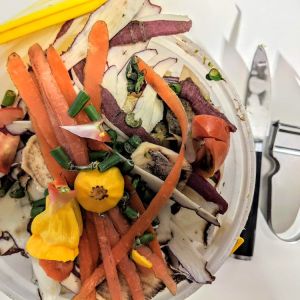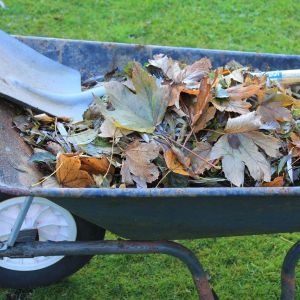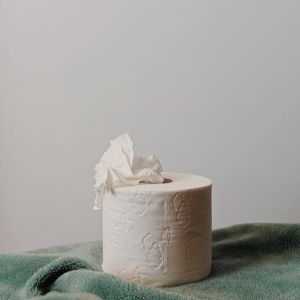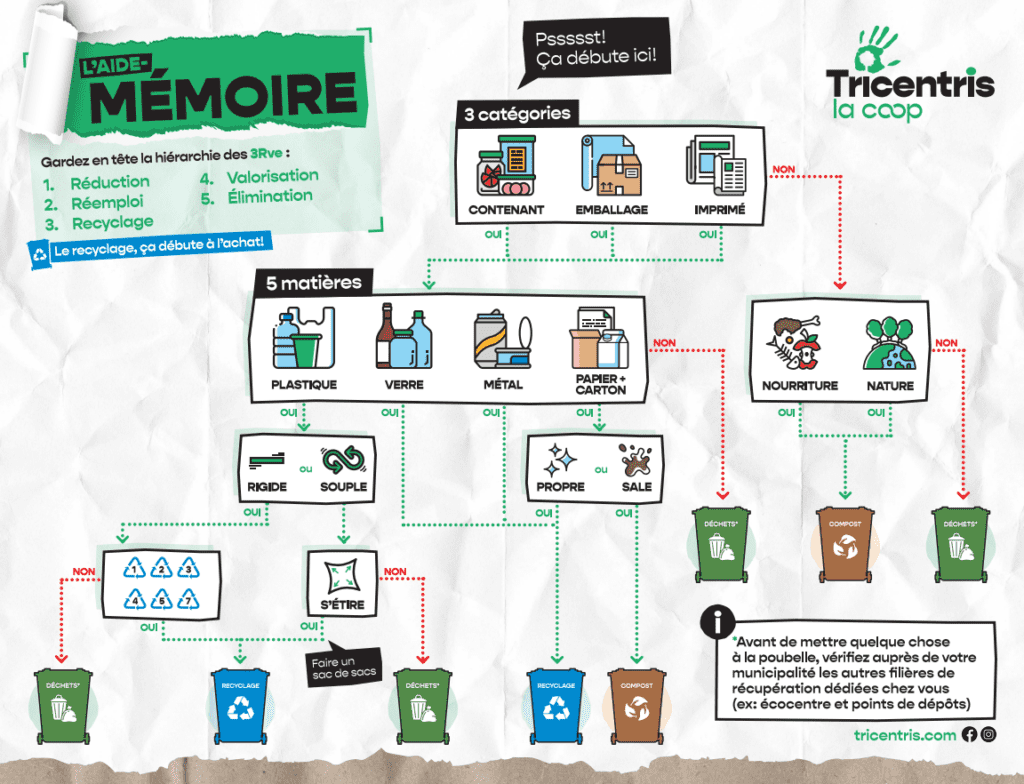Why a brown bin?
Sorting your household waste into different bins might seem like a big task at first. But there are so many reasons to do so!
The main objective is to reduce the emission of greenhouse gases (GHGs). Specifically, the brown bin diverts organic matter from landfill, which contributes to reducing the emission of one million tons of carbon dioxide annually.
Instead of filling up landfills, the organic materials can be reclaimed and recycled through composting and biomethanization, soil spreading, soil regeneration or other action.
Accepted materials
There are three categories of materials that are accepted in your brown bin:
- Fruit residues (raw or cooked)
- Vegetables (raw or cooked)
- Meat (raw or cooked)
- Fish products (raw or cooked)
- Dairy products
- Bones
- Eggs
- Grain products (bread, cake, cereal, pasta)
- Coffee beans (whole or grounded)
- Tea bags
- Condiments
- Weeds
- Flowers
- Plants
- Vegetable garden residues
- Fruit tree residues
- Grass
- Leaves
- Small branches
- Soiled paper, newspaper and cardboard
- Cardboard dishes (unwaxed)
- Soiled tissues and paper towels (without cleaning product)
- Unplasticized food packaging (pizza boxes, paper muffin tins)
- Pet hair
- Dust
Refused materials
- Liquids
- Textiles
- Diapers and sanitary products (sanitary napkins, dental floss)
- Soiled pet litter
- Wax paper (ice cream containers)
- Dryer lint
- Plasticized packaging
- Wood (other than small branches)
- Ceramics
- Styrofoam
- Recyclables
- Household hazardous waste
- Plastic bags (including biodegradable, compostable or corn-based bags)
Reference guide
The Tricentris sorting centre has created a checklist you can follow to help sort your materials in the various bins.
Maintenance of your brown bin
To avoid issues with odours, small animals, fruit flies or frost, practice these maintenance habits:
- For odours: sprinkling some baking soda in the bin during use, and rinsing it with water and a mild detergent or vinegar after each collection.
- For small animals: applying menthol cream around the lid as a deterrent.
- For fruit flies: wrapping table scraps in newspaper or paper bags.
- For frost in winter: placing a layer of newspaper or cardboard at the bottom of the bin.
Reference
- Gouvernement du Québec, stratégie de valorisation de la matière organique, 2020.
- Ville de Dollard-des-Ormeaux, collectes régulières, 2023.
- Tricentris, L’aide-mémoire repensé, 2015.
- Organibac, Foire aux questions.
- Dollard-des-Ormeaux, le mode d’emploi pour obtenir des conseils pratiques sur la collecte des matières organiques, 2023.



